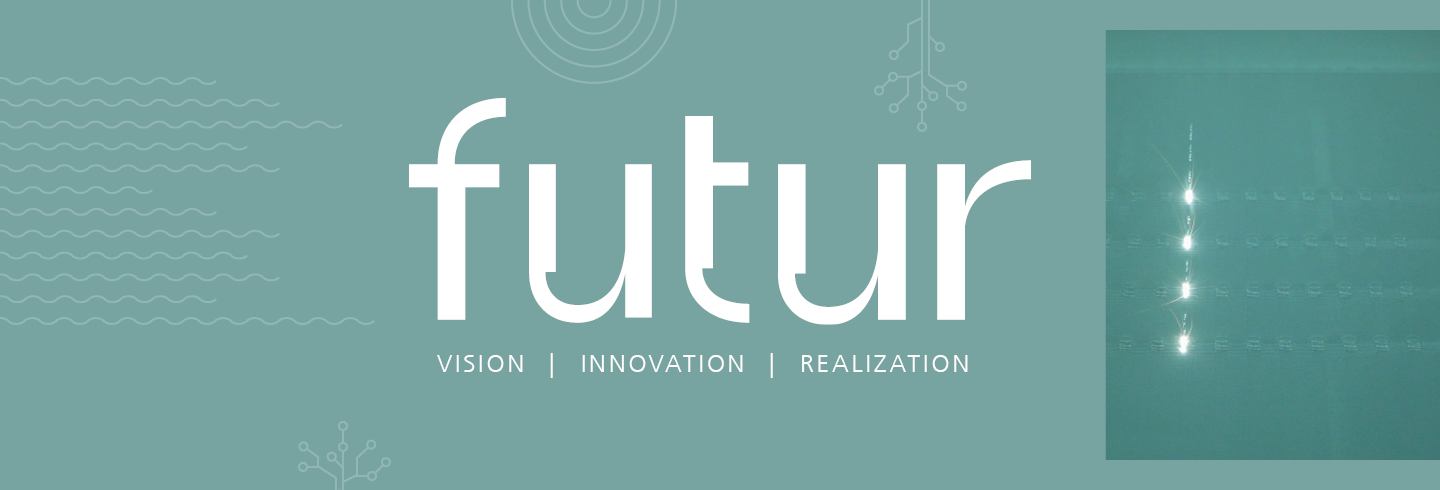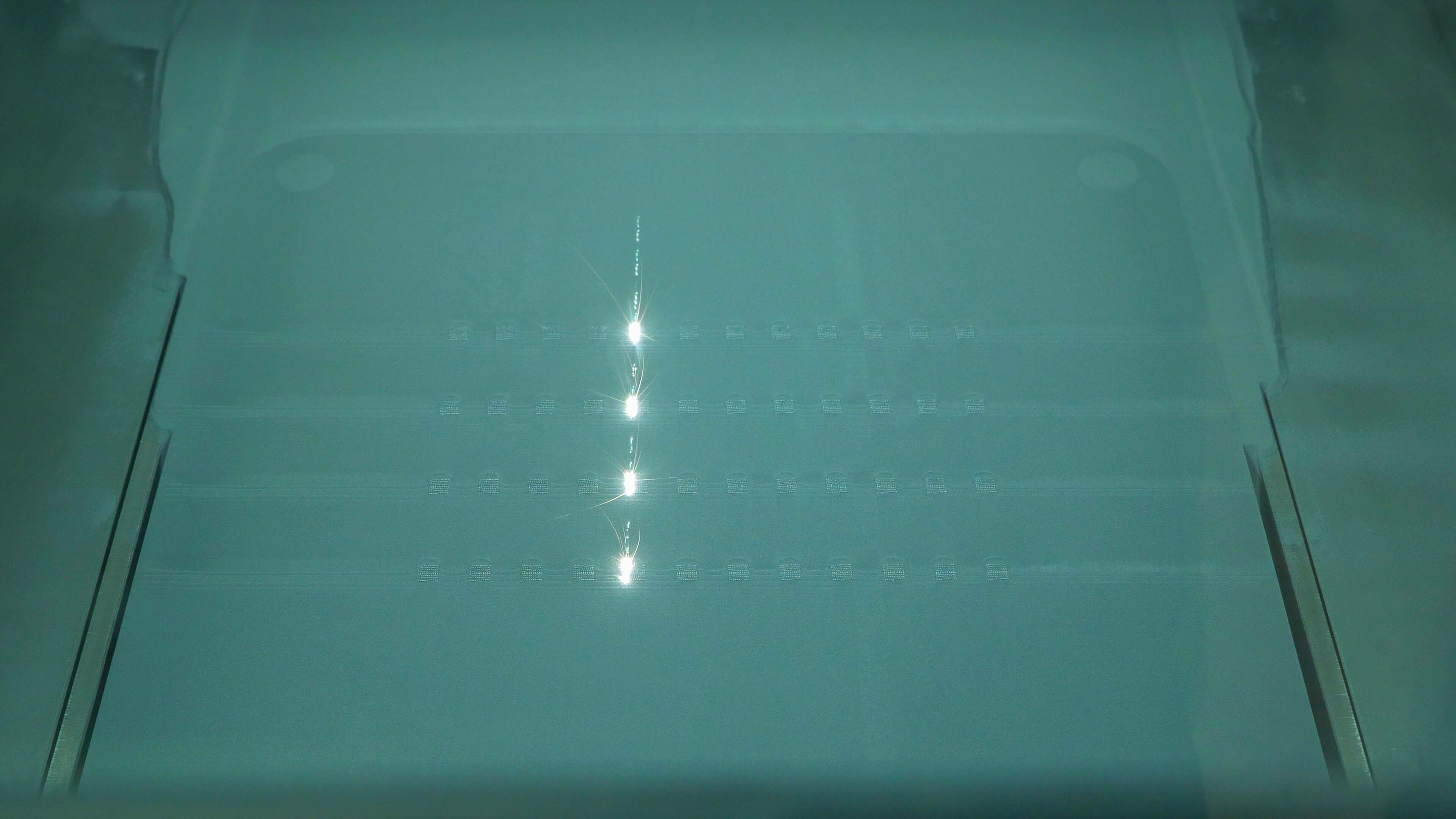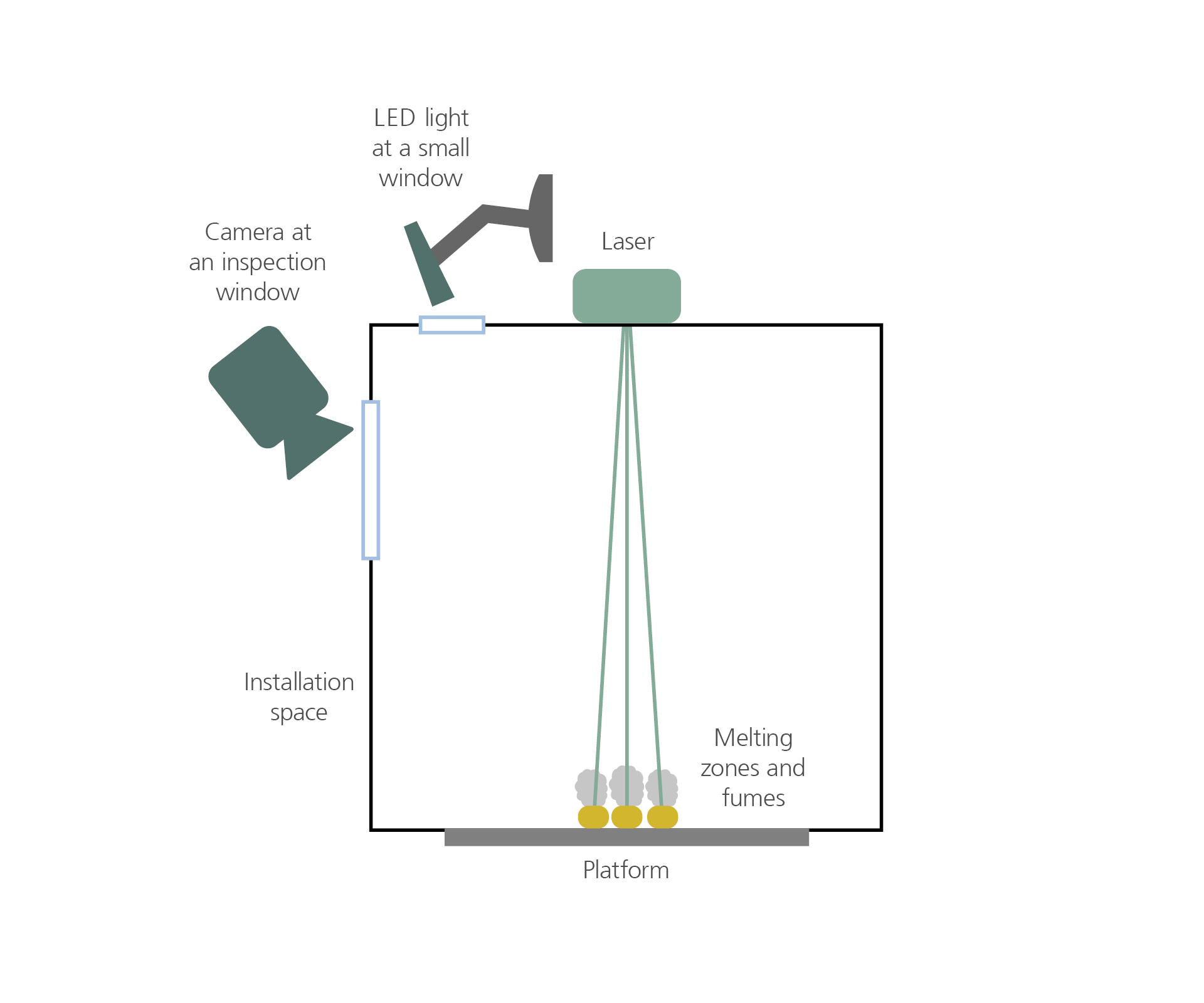The parallel use of lasers is a particular challenge in additive manufacturing. A team at Fraunhofer IPK is developing an innovative solution for this.
Powder bed-based melting of metals by means of a laser beam, PBF-LB/M for short, is the most widespread additive manufacturing process for metallic materials. This manufacturing process is used in particular for complex geometries, small series production, or customized products that cannot be made using conventional manufacturing methods. The process makes it possible to integrate functions such as internal cooling channels and lightweight structures directly into components and manufacture them in a single process step.
 Fraunhofer Institute for Production Systems and Design Technology
Fraunhofer Institute for Production Systems and Design Technology

